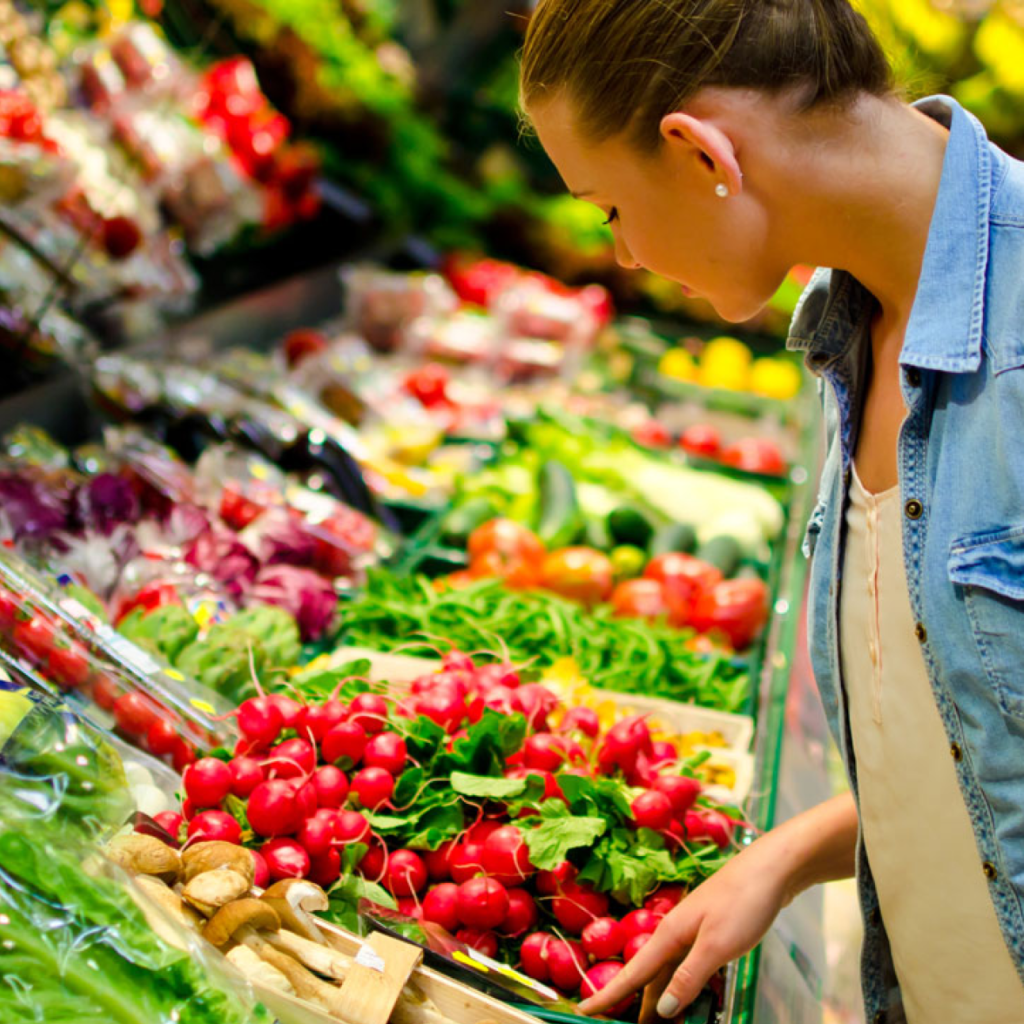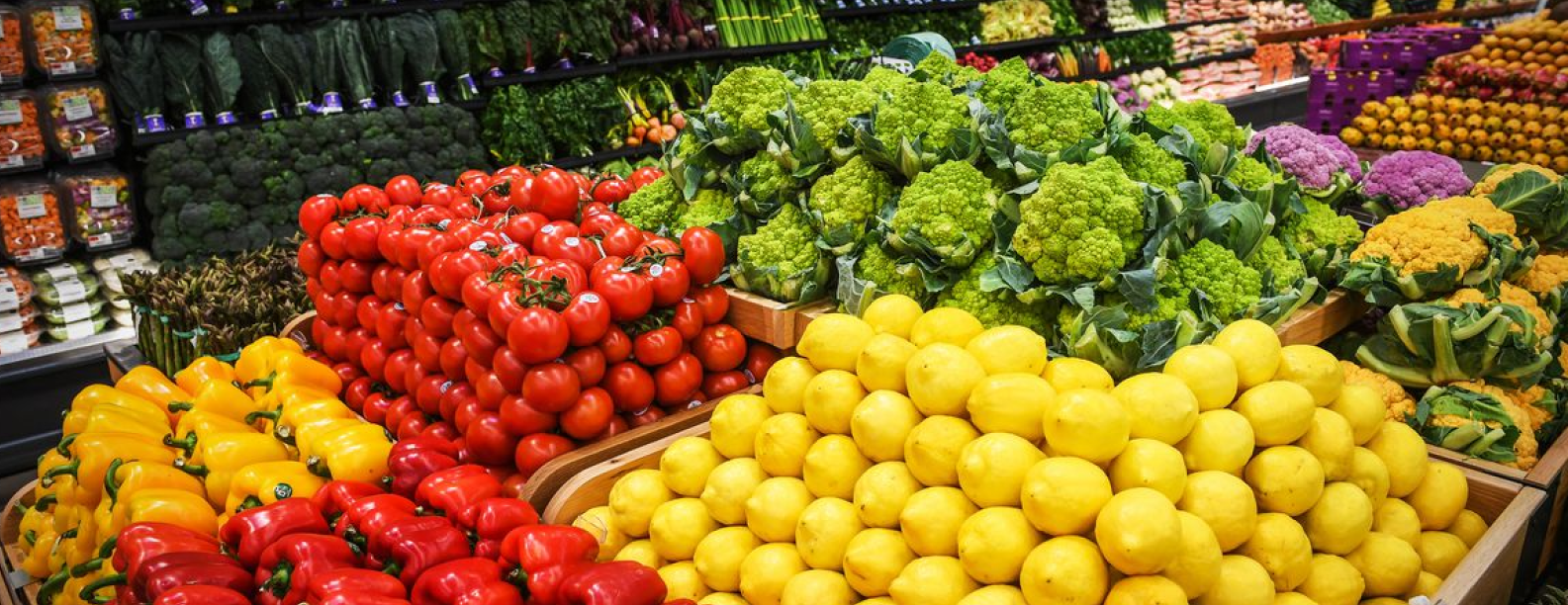

The fact that this only results in unnecessary waste and a major loss of money is discouraging.
So, how do supermarkets do it? How does your favorite grocery store manage to keep their produce fresh and available? Since, no matter the season, one can usually always count on finding any fruit or vegetable desired. Cheers to that! But what’s their secret?
Although it may sound like a big mystery, it is actually much simpler than one might think.
But a quick disclaimer! Since here’s where we’re about to get a bit scientific.
First, picture this: after a long day of sitting on their assigned shelf or counter at the grocery store, each and every night produce in need of refrigeration is taken to a professional cooler where they’re stored overnight, in order to extend their shelf life.
Then, each and every morning fruits and vegetables are restocked and placed once again in their usual spot, ready for you to find them and take them home! Produce that does not have to be refrigerated can be left on display overnight, like onions, which require this until they are peeled or cut. If this got you thinking about freshness, keep in mind that for the food and produce industry, “fresh” means just harvested.
In this way, preservation plays a crucial role, since harvesting varies with the seasons. Furthermore, supermarkets may use edible wax (made from sugarcane and beeswax) on certain fruits as a protective layer that will keep them from shrinking and prevent water loss.
There is something truly wonderful about being able to enjoy your fruit of choice no matter the season, weather, or time of year.
But how can you keep your produce fresh at home, where you will most likely not have a professional cooler? Start by separating produce based on whether they need refrigeration or not. For example, potatoes and garlic are best left at cool room temperatures and not necessarily inside your fridge.
Another factor to consider is ripeness.
For example, avocados, pineapple and mango can be kept out on display in the comfort of your own home, at room temperature so they can ripen. Once this happens, it is recommended to move them over inside your fridge, which will make a momentarily pause on this ripening process and will even add 3 extra days to their lifespan.
One last thing to consider
When attempting to keep your produce fresh for longer is bagging.
Vegetables such as carrots, broccoli, cabbage, mushrooms and celery are best kept inside a paper bag, which would then go into your fridge. Keeping fruits separate from vegetables inside your fridge is also a relevant action to take into consideration, since this will slow down their ripening process.
While it’s possible to keep your produce fresh at home, don’t worry too much if some of it begins to look less-fresh, as there are several ways to use fruits and vegetables that have started to look rotten, like for example, a tasty and healthy smoothie!

